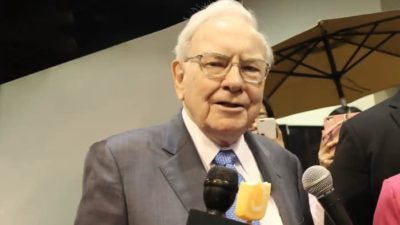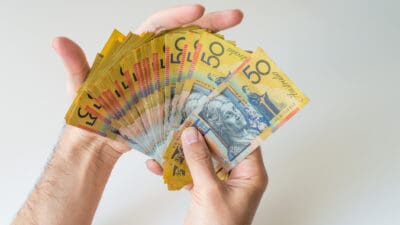I'm sure most of the ASX investors out there would be familiar with the concept of a dividend. Dividends are a feature of most ASX blue-chip shares. They constitute a periodic (usually twice a year) cash payment to the shareholders of a company as a reward of sorts for holding a share.
Many retirees use dividend payments to help fund their retirements, but all investors appreciate the passive income that dividend shares can provide. These days, it doesn't have to be a cash payment though. Many ASX dividend-paying companies offer investors the choice of receiving their dividend as a cash payment, or else reinvesting the dividend back into additional shares of the company. Such a scheme is known as a dividend reinvestment plan (DRIP or DRP for short).
What is a dividend reinvestment plan?
Investors who choose to enrol in a DRIP will automatically have all of their dividend payments ploughed back into additional shares of the company that pays the dividend, usually without brokerage costs and the like. That way, the next time divine time comes around, they receive even more cash from the extra shares, which can then be reinvested all over again. Compound interest at its finest.
Sounds great right?
Well, there is indeed a lot to like about a DRIP plan. It 'automates' the investing process for free, which is almost always a good thing for the average investor. It removes the temptation to blow the dividend cheque on a night out, a fresh pair of kicks, or a new TV. And it compounds wealth rather efficiently if left to its own devices for a good length of time. Providing the dividend share isn't a lemon and keeps paying dividends, of course.
DRIP pros and cons
But there are also downsides to a DRIP.
The first is opportunity cost. Every dollar that we spend buying ASX shares is a lost opportunity. If you pick up $1,000 worth of Telstra Corporation Ltd (ASX: TLS) shares, that's $1,000 that you can't buy Super Retail Group Ltd (ASX: SUL) shares with. The same goes for cash reinvested under a DRIP.
Perhaps you have a DRIP going with Telstra. Thus, every six months, you are effectively buying new Telstra shares. That's fine, as long as Telstra is your best idea at the time. But if it's not, a DRIP locks you into buying Telstra anyway. However, if you had been receiving the raw cash dividends instead, you would have an amount that you could invest in your other, perhaps better, ideas instead.
Thus, a DRIP can rob you of autonomy and the ability to reinvest your cash into your best ideas at the time. Perhaps it might be better to receive the cash and buy Telstra if it appeals to you at the time. Or buy something else, a Super Retail perhaps, if it is a better deal in your eyes.
With investing, everything has an opportunity cost. And making sure you're always getting the best bang for your buck is an important step in being a successful investor. DRIPs have the potential to rob you of that power, so keep that in mind when you next get a DRIP form in the mail.









